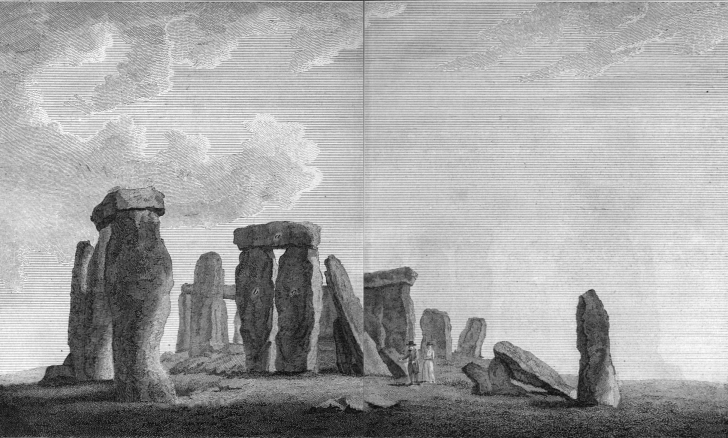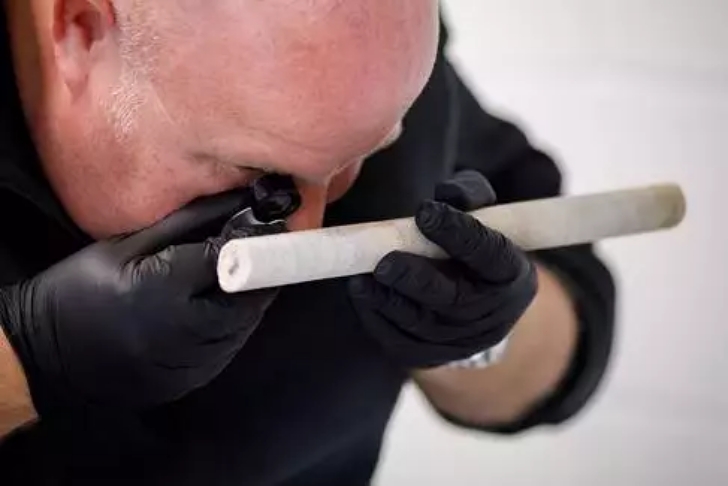Deceased Diamond Cutter Helps Solve Mystery of What Stonehenge Is Made From
The stone cores made this research possible.
Stonehenge is known to many as a place of spirituality, of calm, and of mystery. At least one of those things is changing now that scientists have discovered what the stones are actually made, solving one of the many mysteries that surround this ancient landmark. And, the research couldn’t have taken place without the help of a deceased diamond cutter who had worked on the site back in the 1950s.

In the early 1900s Stonehenge was already a big destination for tourists, but back then many visitors were handed chisels with which to take a tiny piece of history back home with them. This wasn’t an uncommon practice back in the old days and people took home slivers and chunks of many monuments and archaeological sites. It was a different time and preservation was not yet key among the goals for many of these historic sites.
It was 1977 before ropes were added to keep people from climbing the rocks and potentially damaging them. But, back in 1958 a diamond cutter named Robert Phillips was hired to help stabilize the stones. Some of them had even fallen over, as was the case with the West Trilithon which fell in the 18th century. In order to put support rods in place 3 cores were carefully drilled from the fallen Stone 58 (which is part of the West Trilithon). These were then capped over once the supports were in place. Phillips was allowed to keep one of them. The other two went missing and one core later turned up at a museum in 2019.

Phillips died in 2020, but before his death he returned the core to English Heritage (the organization that operates Stonehenge) in 2018 after having retired to the US. At this point the core was immediately studied. Now the results of this study have been published in the PLOS ONE scientific journal and the results are very interesting.
Though they look like limestone, the stones at Stonehenge appear to be actually be made up of a sarsen stone heavy in different sizes of quartz crystals. This explains why the stones have been so strong and held up so well over these many thousands of years.

Samples taken from any of the stones today would be unlikely since it is now a protected area. The project was headed by David Nash, a professor at the University of Brighton.
In a statement Nash said that, “It is extremely rare as a scientist that you get the chance to work on samples of such national and international importance. Stonehenge is part of a World Heritage Site and is subject to the strictest legal protections, so it would be highly unlikely that we would be able to access this type of material today. Getting access to the core drilled from Stone 58 was very much the Holy Grail for our research.”

The study shows that all but two of the larger stones at Stonehenge came from the West Brook site about 15 miles away. The stones were formed by groundwater rushing over mineral deposits around 66 million to 23 million years ago during the Paleogene period, with elements of the mosaic rock dating to the Mesoproterozoic era more than 1 billion years ago.
SKM: below-content placeholderWhizzco for DOT

